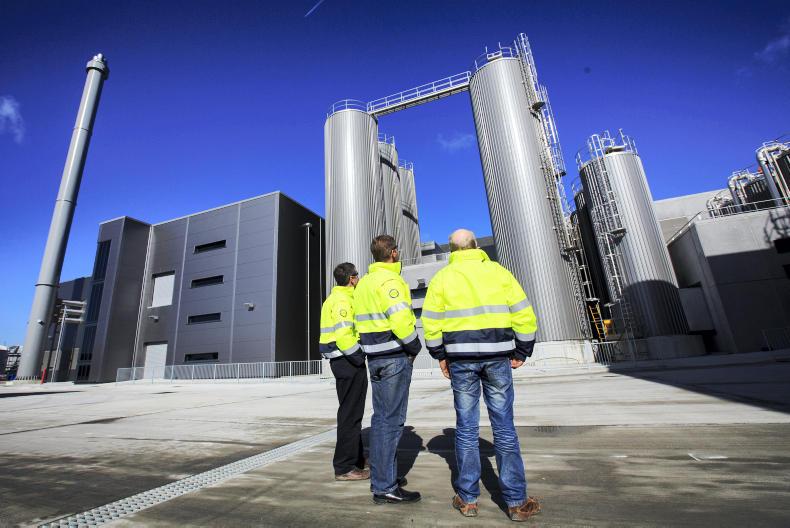Of course, milk price is only one leg of the stool and it is not sustainable to pay a strong milk price if it is at the expense of the profitability or harming the balance sheet of the co-op or processor.
Looking at the top performers in terms of milk price – the four west Cork co-ops – shows that the Carbery model is delivering a dividend of at least 2.5c/l to farmers. This is a result of strategic investments by Carbery in its Synergy ingredients and flavours business over the years. It then returns these profits equally to all suppliers in what is a high-margin business to farmers – not through a dividend cheque but directly in the milk price.
This would explain to some extent the 2.5c/l better milk price. After all, Carbery is a cheddar cheese business in the main that sells its products through Ornua. It processes 536m litres, is making approximately 6c/l in operating profits and has very low borrowings relative to its cash earnings.
Largest processors
The two largest processors in the country are neck and neck on price. When it comes to financials, the Glanbia Ireland model has a profit target of 3.2% and made an operating profit of 2.7c/l last year. This is a solid return for the business.
The profit level is 0.5c above that of Dairygold at 2.2c/l. However, when it is taken into account that Dairygold is a co-op that has no rich parent returning €12m or the equivalent of almost 0.5c/l, its financial performance is impressive.
Dairygold’s milk pool is half that of Glanbia’s, yet it has had a similar level of growth in percentage terms.
It has invested a similar level in capital expenditure to process the extra milk over the last five years at around 14c/l in total. While Dairygold’s debt has increased, it has a lower level of borrowings than Glanbia. Glanbia has had the challenge of scale and invested over €350m to process the 800m litres of extra milk coming from its farmers.
Lakeland, with a profitability of 1.4c/l, is sitting next to Glanbia and Dairygold. Its debt level is significant but mainly relates to the €130m it has invested in the business over the last five years.
With LacPatrick now under its wing, it will become a much more significant player especially in the border counties.
At the other end of the scale, the weaker performers in terms of price are also more limited in terms of profitability. Aurivo and Arrabawn have profit levels in their full businesses that do not provide the scope to pay a higher milk price without damaging the balance sheet.
A 1c increase in the milk price in each of these co-ops would each cost in the region of €4m. This increase would cause each co-op to make a loss and erode its balance sheet. However, these two co-ops have invested heavily in the last five years and debt levels have increased significantly.
Tipperary’s contamination issue last year seriously dented profits. If it can recover to more normalised profits in 2019, it would be delivering profits of around 1c/l. At the current level of profits, net debt levels are high.
